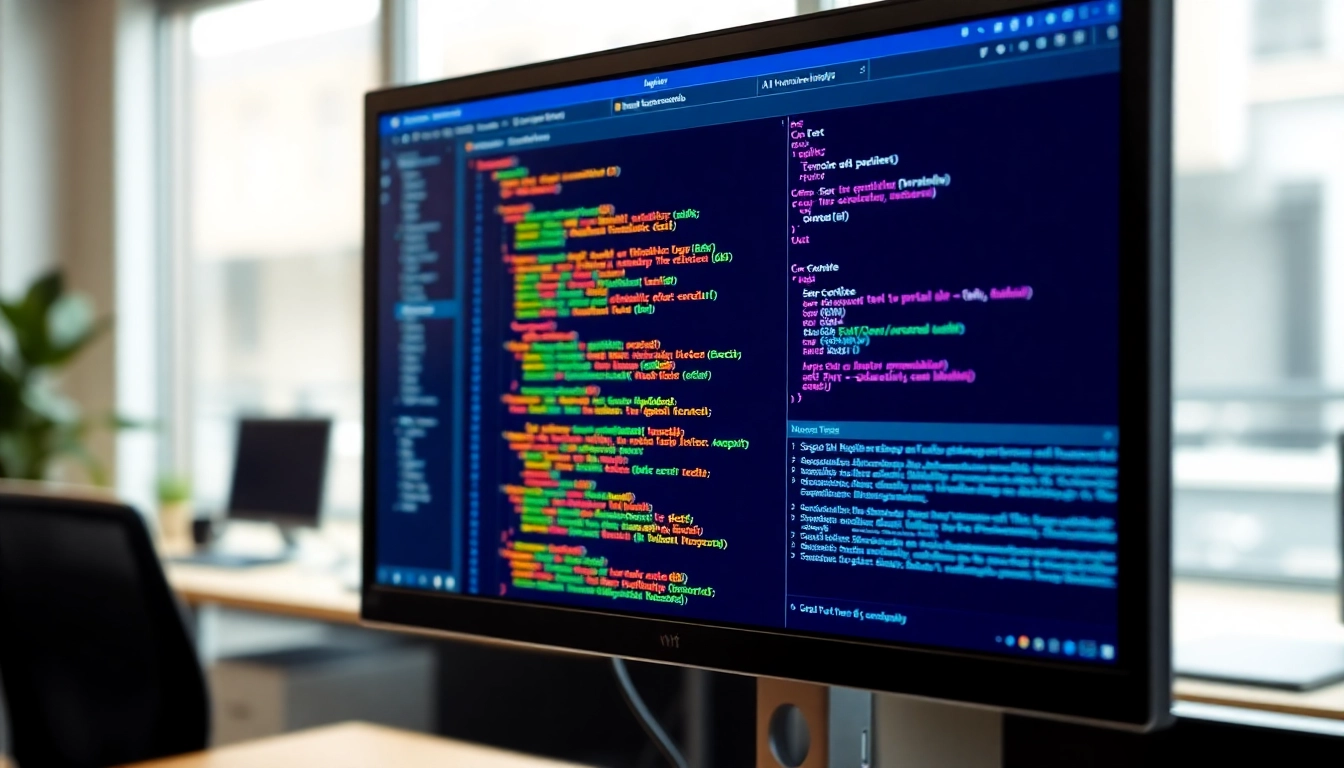In today’s fast-evolving digital landscape, visual storytelling has become more pivotal than ever. Among the most dynamic and versatile forms of this storytelling is motion design. This discipline merges graphic design principles with animation techniques to produce engaging, impactful visual content that captures attention and communicates complex ideas effectively. From advertising campaigns and social media content to web interfaces and broadcast graphics, motion design plays a crucial role in shaping the way brands and creators communicate visually.
1. Foundations of Motion Design: Principles and Basic Techniques
Understanding Core Principles of Motion Design
Mastering the fundamentals of motion design begins with understanding its core principles. These include timing, spacing, easing, and weight, which ensure animations appear natural and purposeful. Timing relates to how long an animation lasts, influencing its mood and pacing. Spacing considers how objects move from one position to another, creating the illusion of acceleration or deceleration. Easing adds realism by simulating physical reactions, making motion smooth rather than abrupt. Weight conveys the mass or importance of elements, guiding viewers’ focus effectively. These principles, rooted in classical animation, are essential for creating convincing and aesthetically pleasing motion graphics.
Key Techniques for Creating Smooth Animations
Smooth animations are achieved through a combination of easing, keyframing, and transition techniques. Easing curves—such as ease-in, ease-out, and ease-in-out—modify the speed of motion at different points, producing more lifelike transitions. Precise keyframing allows animators to control properties like position, scale, and rotation over time, ensuring consistency. Additionally, leveraging principles like anticipation and follow-through can add realism and professionalism to animations. Tutorials on platforms like YouTube demonstrate underrated techniques, such as subtle motion tweaks and complex masking, which improve overall fluidity and engagement.
Essential Tools and Software for Beginners
Starting in motion design requires familiarization with software such as Adobe After Effects, Cinema 4D, and Adobe Premiere Pro. For beginners, free and user-friendly tools like SVGator for SVG animations or Motion Graphics templates can ease the learning curve. These tools offer features like pre-built motion paths, easing controls, and easy export options, allowing newcomers to produce professional-quality animations rapidly. As skills advance, integrating more sophisticated software and plugins can unlock greater creative potential and efficiency.
2. Developing a Strong Motion Design Portfolio
Showcasing a Variety of Projects
A compelling portfolio showcases a diverse range of projects, including logo animations, explainer videos, kinetic typography, infographics, and interactive UI motion. Diversity demonstrates versatility and technical skills, appealing to potential clients or employers. Case studies that highlight problem-solving and creative concepts help establish credibility and storytelling ability.
Designing Engaging Reels and Showcases
Reels are essential for social media visibility and quick portfolio highlights. Short, captivating clips that demonstrate process, before-and-after comparisons, and finished projects boost engagement. Use pacing, music, and clear visual cues to keep viewers interested. Platforms like Instagram, Behance, and LinkedIn are ideal outlets for showcasing reels that reflect your unique style and technical expertise.
Tips for Effective Presentation and Branding
branding your portfolio with a clean, cohesive aesthetic ensures it leaves a lasting impression. Incorporate consistent color schemes, typography, and logo placement. Including detailed project descriptions that articulate your creative process, challenges encountered, and solutions provided adds depth. Regularly updating your portfolio with new work and seeking constructive feedback further refine your presentation and outreach efforts.
3. Advanced Strategies for Effective Motion Graphics
Using Easing and Timing for Natural Movement
Advanced motion designers leverage complex easing functions and precise timing to simulate real-world physics, resulting in more immersive animations. Non-linear easing, custom motion curves, and graph editors allow fine control over motion dynamics, emphasizing weight and intention behind movements. This meticulous approach elevates static concepts into lively, believable visuals that resonate with viewers.
Implementing UI/UX Motion in Digital Products
Incorporating motion into UI and UX design enhances usability by providing feedback, drawing attention, and guiding user interaction. Micro-interactions such as button hover states, animated transitions between screens, and loading indicators improve user experience. Adopting principles from material design, where motion highlights relationships and clarifies actions, makes interfaces more intuitive and engaging.
Integrating Audio and Visual Synchronization
Sound design complements motion graphics by emphasizing key moments, reinforcing branding, and enhancing emotional impact. Syncing visual cues with audio cues—like beats, sound effects, or narration—requires meticulous timing but greatly increases overall production quality. Professional motion designers often collaborate with sound engineers or utilize audio-driven animation techniques for maximum effect.
4. Trends and Innovations in Motion Design
Latest Techniques and Emerging Styles
Current trends include minimalistic motion, 3D integration, and immersive virtual environments. Techniques like volumetric lighting, particle effects, and AR/VR interfaces push the boundaries of traditional animation. As storytelling evolves, experimental styles like glitch effects, cyberpunk aesthetics, and kinetic typography continue to inspire innovative visuals. Staying updated through online courses from platforms like Motion Design School ensures designers adapt to these shifting styles.
AI and Automation in Motion Graphics
Artificial Intelligence tools such as automated rotoscoping, scene analysis, and motion tracking streamline workflows, enabling faster production cycles. While AI cannot fully replace creative judgment, it acts as a catalyst—handling repetitive tasks and suggesting design options. Experts agree that integrating AI into motion design enhances productivity and opens up new creative avenues rather than substituting human creativity.
Predicting Future Directions and Opportunities
As technology advances, motion design will increasingly intersect with areas such as interactive media, game development, and immersive content. The rise of real-time rendering engines and neural networks suggests a future where live, dynamic visuals are commonplace across platforms. Freelance opportunities and specialized roles are expected to grow, especially in industries like advertising, entertainment, and digital marketing.
5. Building a Career in Motion Design
Necessary Skills and Education Paths
Successful motion designers typically possess skills in graphic design, animation principles, storytelling, and software proficiency. Formal education through degrees or specialized courses (such as those offered by Motion Design School) can accelerate skill acquisition. Additionally, self-learning via tutorials, community engagement, and continuous practice are vital for staying competitive.
Finding Job Opportunities and Freelance Work
Networking on platforms like Reddit’s r/MotionDesign, LinkedIn, and industry-specific job boards can lead to employment opportunities. Building a strong online portfolio is crucial for attracting clients or studios. Freelance marketplaces such as Upwork and Fiverr also provide avenues for project-based work, allowing creators to diversify their experience and income streams.
Pricing, Salary Expectations, and Industry Standards
Motion design salaries vary based on experience, location, and project complexity. According to recent guides, skilled professionals can expect competitive pay, especially in markets like the US. As demand grows, so do opportunities for higher rates, particularly for specialized services involving UI/UX motion or 3D animation. Understanding industry standards ensures fair compensation and long-term career growth.



